Beit el-Wali
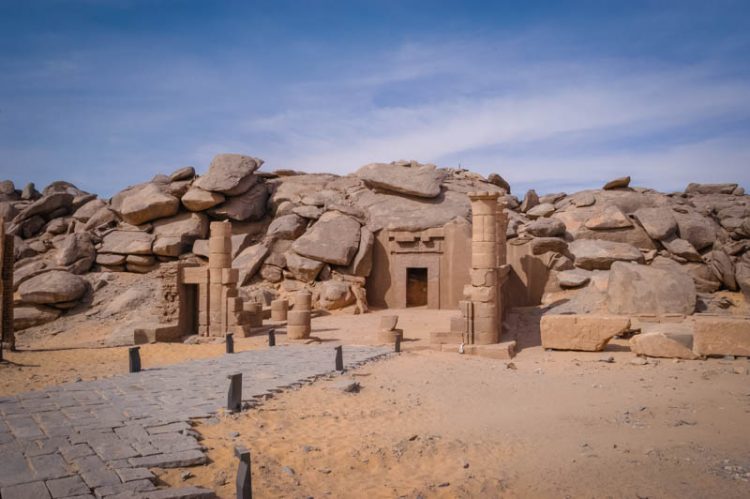
Also on the same island as the relocated temple of Kalabsha is the tiny temple of Beit el-Wali, “The House of the Governor”. It, too, was relocated by UNESCO efforts
Read MoreAncient sites and sand

Also on the same island as the relocated temple of Kalabsha is the tiny temple of Beit el-Wali, “The House of the Governor”. It, too, was relocated by UNESCO efforts
Read More
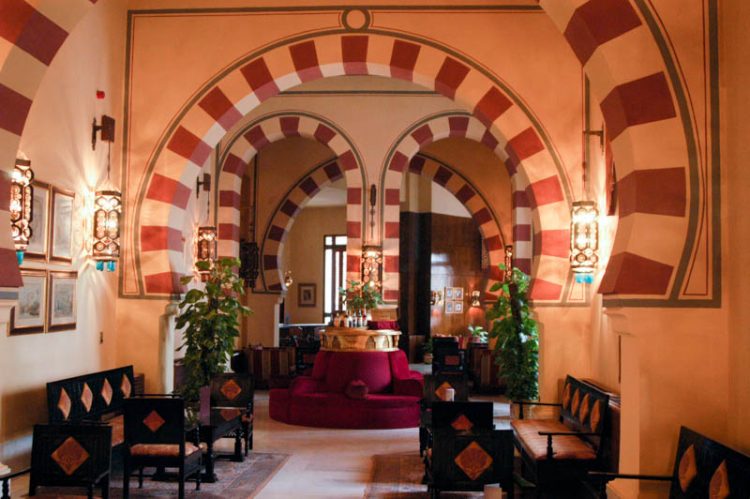
In ancient Egypt, Aswan usually marked the southern boundary of the Egyptian state. Today, it is the largest southern city, and lies on the narrowest part of the Nile valley. Aswan is a particularly Nubian city, with colorful houses and a different language.
Read More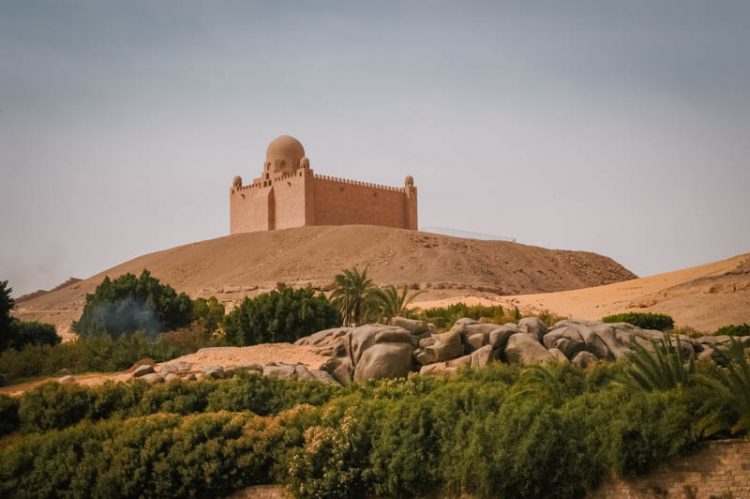
The west bank of the nile near Aswan is mostly a huge embankment. Just uphill and visible from the water is the Mausoleum of Agha Khan – a walled estate on a barren hillside.
Read More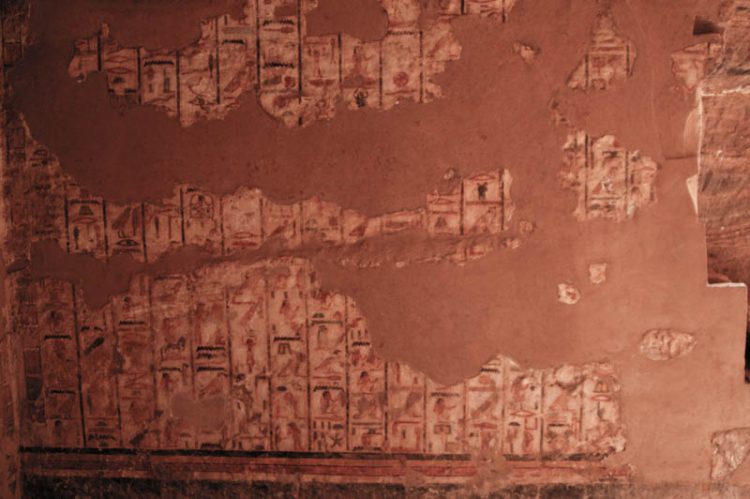
One of the largest tombs on the hillside, with squared columns and much-destroyed carvings and paintings
Read More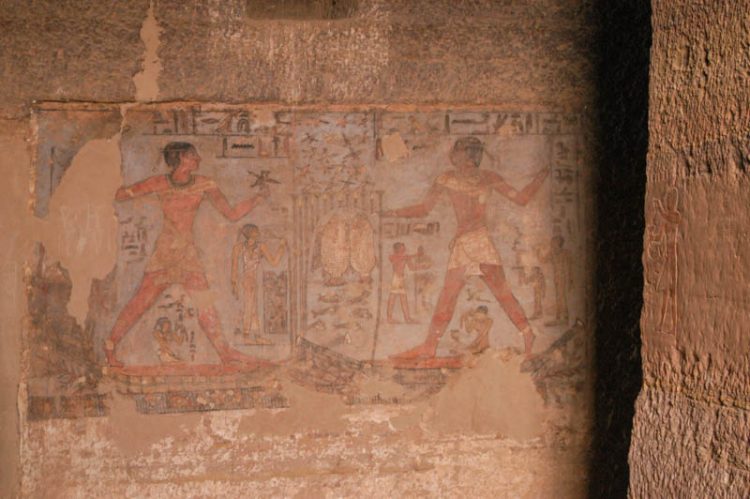
Sabni was a son of Mekhu, an overseer during the 6th century. His tomb is accessed through his father’s.
Read More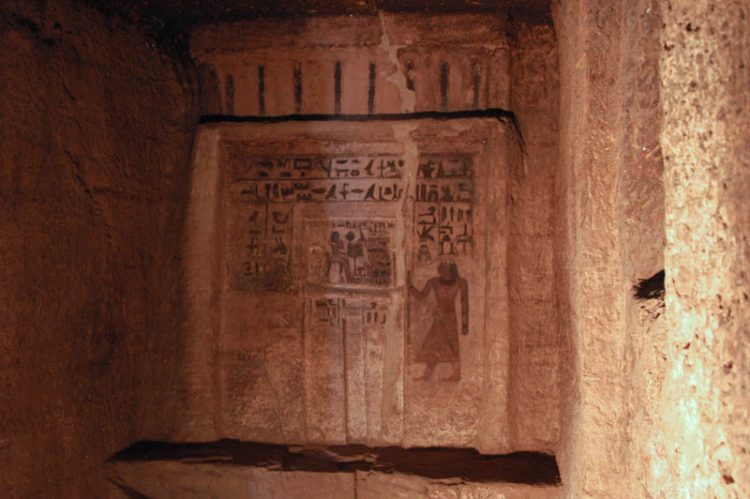
Mekhu was the chief overseer in Upper Egypt in the 6th Dynasty. He was killed while away from Aswan and his son Sabni mounted a huge expidition to return him to his home for burial
Read MoreThe remains of a colorful, Byzantine-style coptic church in the terrace with the tombs of the nobles
Read More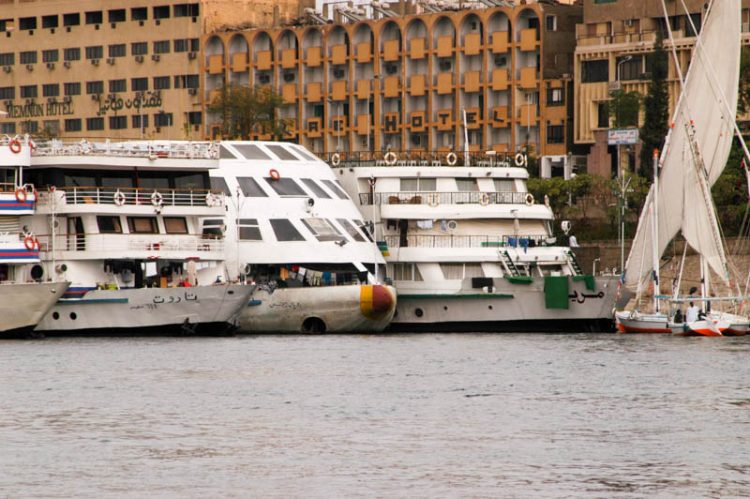
Cruise ships often anchor seven or eight deep, and you’d have to walk through the other ships to get to shore
Read More